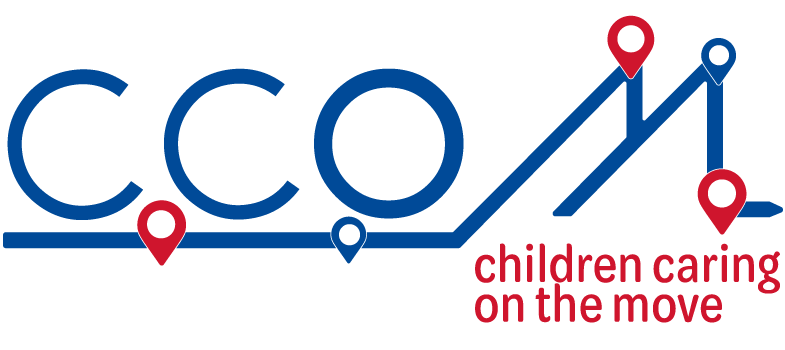4: Professionals’ and practitioners’ perspectives of UASC’s care of each other
In terms of Unaccompanied Asylum-Seeking Children (UASC), the focus in the literature has mainly been on the relationship between adults and young people, and this is evident in research across a number of different countries around the world (see Crea et al., 2018; De Graeve, 2015; Martinsson and Reimers, 2020). One line of enquiry within the English context has been the relationship between social care professionals and young people and the different forms of practice or ways of working. Kohli (2006) collected data with social workers and through an analysis of their descriptions of how they relate to UASC created three ‘Domains of practice’. They are:
- Domain of cohesion (the humanitarians): this is where assistance meant meeting practical needs and supporting day-to-day needs such as shelter, food, money, schooling, medical support and welfare advice. This was a pragmatic approach. They were aware that the young people perceived them as being in a position of authority who could both help and hinder their progress.
- Domain of connection (the witness): this is where professionals sought to understand the emotional worlds of the young people, often bearing witness to trauma and engaging with the emotional elements. This was also recognised as an emotional challenge and, in order to cope, moved towards the other positions of ‘cohesion’ or ‘coherence’.
- Domain of coherence (the confederates): this is where the young person and social worker co-construct a new start in the UK, enabling a flexible and enduring relationship. The experiences of UASC were framed within similar frames as other children experiencing adverse situations. The relationship straddled a line between professional help and friendship. They viewed young people’s stories as wide-ranging and complex, and felt comfortable being ‘ethically subversive’ by protecting parts of stories to immigration authorities.
 Pause for reflection: Which domain am I?
Pause for reflection: Which domain am I?
When you look at Kohli’s ‘Domains of practice’, do you see yourself in any of these categories? Perhaps you see yourself as straddling across more than one domain?
Make some notes in the box below.
Others have argued that the boundaries between these categories are fluid, and rather than adopting a general style, professional boundaries are highly influenced by a range of factors such as the interpersonal relationship between the professional and the young people (Hadwin, 2022). Devenney (2019) has characterised the relationship between social care professionals and UASC as co-navigators. In other words, Devenney saw professionals as helping young people steer a course through an unsettled, ‘oppressive’ and tumultuous social and asylum environment. Sometimes, this led to the blurring of the relationship between friendship and a professional relationship.
 Activity 4.1: Some Do’s and Don’ts
Activity 4.1: Some Do’s and Don’ts
In the box below, list three ‘Do’s’ and three ‘Don’ts’ when working with UASC.
Discussion
In her evidence-based research, qualified social worker and social work trainer Deborah Hadwin (2022) provides recommendations for social care professionals and practitioners in various roles. Some of her suggestions are:
Do:
- Reflect on your own values and personal experience and how this may influence your relationship with unaccompanied young people.
- Think about how the structural and contextual issues impact on the young person and how this might affect your ability to care.
- Think about any biases you have developed either coming into the role or over time.
Don’t:
- Engage in banter with colleagues about age, thereby creating arena of acceptable distrust
- Allow assumptions about different nationalities drive the focus on your care relationship
- Allow doubts about young people’s truth and credibility influence your approach to care.

